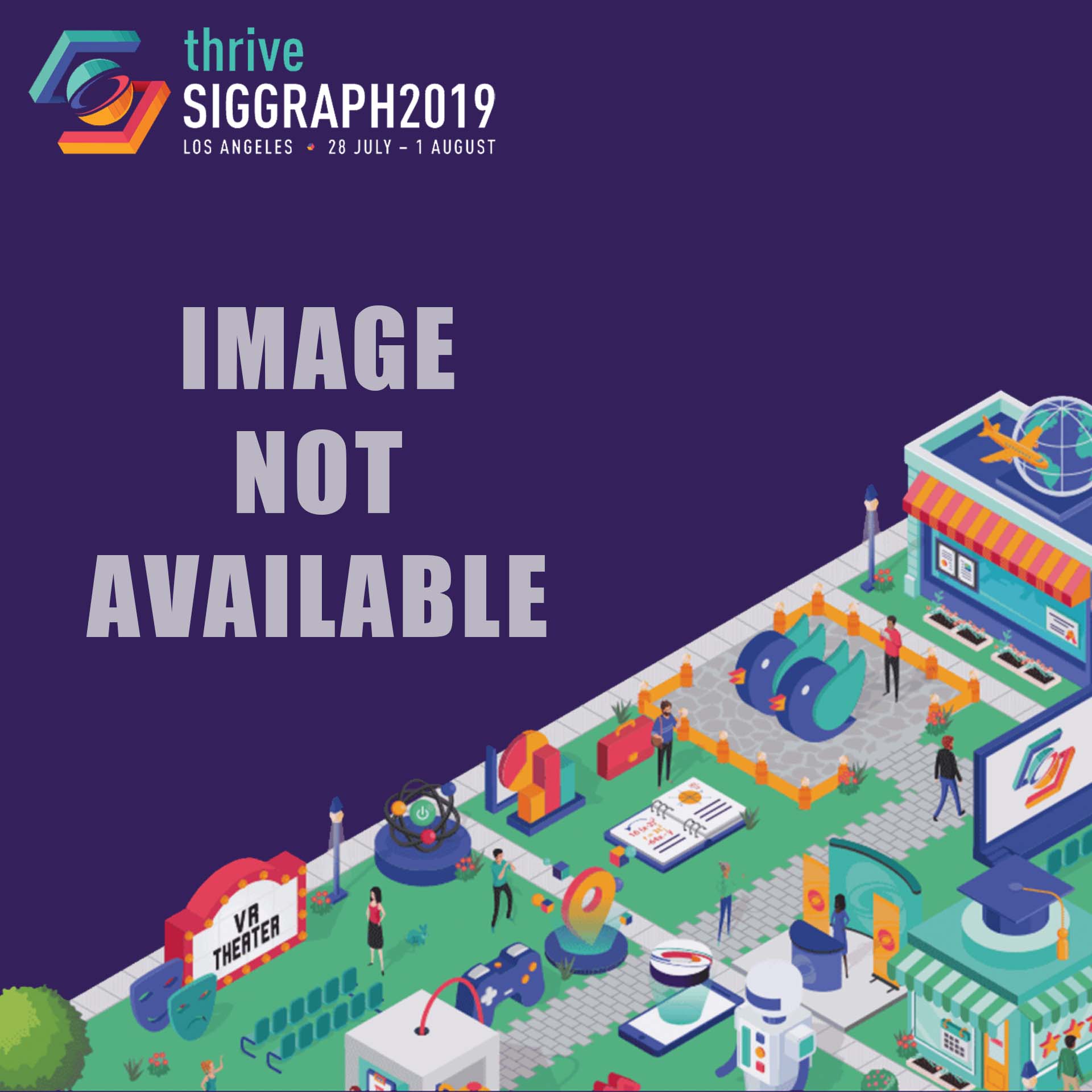“Experiences of Treating Phantom Limb Pain using Immersive Virtual Reality” by Marsh, Pettifer, Richardson and Kulkarni
Conference:
Type(s):
Entry Number: 16
Title:
- Experiences of Treating Phantom Limb Pain using Immersive Virtual Reality
Presenter(s)/Author(s):
Project Affiliation:
- The University of Manchester
Abstract:
Phantom limb pain (PLP) is a phenomenon that affects millions of amputees worldwide. Its causes are poorly understood, and traditional forms of pain relief are largely ineffective. For over a decade virtual reality (VR) has shown tantalising possibilities of treating or managing this debilitating condition. Until recently however, the cost, complexity and fragility of VR hardware made exploring this unorthodox approach at any meaningful scale challenging; patients have had to travel to the location of specialist equipment to participate in studies, and missed appointments, dropouts or broken hardware have hampered data-gathering. Improvements in ‘consumer grade’ VR headsets now makes larger trials of this visual approach to pain management viable. We describe a trial of a VR system for PLP reduction utilising lightweight, standalone and low-cost VR hardware suitable for independent home use.
References:
R. Casale, C. Damiani, and V. Rosati. 2009. Mirror therapy in the rehabilitation of lower-limb amputation: are there any contraindications? Am J Phys Med Rehabil 88, 10 (Oct 2009), 837–842.
Deirdre M. Desmond, Kieran O’Neill, Annraoi De Paor, Gary McDarby, and Malcolm MacLachlan. 2006. Augmenting the Reality of Phantom Limbs: Three Case Studies Using an Augmented Mirror Box Procedure. JPO Journal of Prosthetics and Orthotics 18, 3 (Jul 2006), 74–79.
P. Giraux and A. Sirigu. 2003. Illusory movements of the paralyzed limb restore motor cortex activity. Neuroimage 20 Suppl 1 (Nov 2003), S107–111.
S. R. Hanling, S. C. Wallace, K. J. Hollenbeck, B. D. Belnap, and M. R. Tulis. 2010. Preamputation mirror therapy may prevent development of phantom limb pain: a case series. Anesth. Analg. 110, 2 (Feb 2010), 611–614.
Roger Hubbold, Jon Cook, Martin Keates, Simon Gibson, Toby Howard, Alan Murta, Adrian West, and Steve Pettifer. 2001. GNU/MAVERIK: A microkernel for large scale virtual environments. Presence: Teleoperators and Virtual Environments 10, 1 (Feb 2001), 22–34.
J. Marsh, M. Glencross, S. Pettifer, and R. Hubbold. 2006. A network architecture supporting consistent rich behavior in collaborative interactive applications. IEEE Transactions on Visualization and Computer Graphics 12, 3 (May 2006), 405–416. https://doi.org/10.1109/tvcg.2006.40
C. D. Murray. 2005. The social meanings of prosthesis use. J Health Psychol 10, 3 (May 2005), 425–441.
Craig D. Murray, Stephen Pettifer, Toby Howard, Emma L. Patchick, Fabrice Caillette, Jai Kulkarni, and Candy Bamford. 2007. The treatment of phantom limb pain using immersive virtual reality: Three case studies. Disability and Rehabilitation 29, 18 (Jan 2007), 1465–1469.
Steve Pettifer, Toby Howard, Ben Blundell, David Edwards, and Ilan Lieberman. 2012. An immersive virtual environment for Phantom Limb Pain rehabilitation. In Proceed ings of the International Conference on Computer Graphics Theory and Applications. SCITEPRESS, Rome, Italy, 426–433.
K. A. Raichle, M. A. Hanley, I. Molton, N. J. Kadel, K. Campbell, E. Phelps, D. Ehde, and D. G. Smith. 2008. Prosthesis use in persons with lower- and upper-limb amputation. J Rehabil Res Dev 45, 7 (2008), 961–972.
V. S. Ramachandran and D. Rogers-Ramachandran. 1996. Synaesthesia in phantom limbs induced with mirrors. Proc. Biol. Sci. 263, 1369 (Apr 1996), 377–386. C. Richardson and J. Kulkarni. 2017. A review of the management of phantom limb pain: challenges and solutions. J Pain Res 10 (2017), 1861–1870.
A. S. Rothgangel, S. M. Braun, A. J. Beurskens, R. J. Seitz, and D. T. Wade. 2011. The clinical aspects of mirror therapy in rehabilitation: a systematic review of the literature. Int J Rehabil Res 34, 1 (Mar 2011), 1–13.
R. A. Sherman, C. J. Sherman, and L. Parker. 1984. Chronic phantom and stump pain among American veterans: results of a survey. Pain 18, 1 (Jan 1984), 83–95. M. D. Soler, H. Kumru, R. Pelayo, J. Vidal, J. M. Tormos, F. Fregni, X. Navarro, and A. Pascual-Leone. 2010. Effectiveness of transcranial direct current stimulation and visual illusion on neuropathic pain in spinal cord injury. Brain 133, 9 (Sep 2010), 2565–2577.
S. R. Weeks, V. C. Anderson-Barnes, and J. W. Tsao. 2010. Phantom limb pain: theories and therapies. Neurologist 16, 5 (Sep 2010), 277–286.




